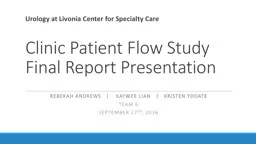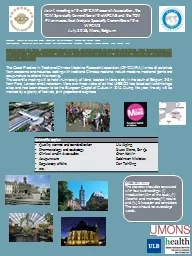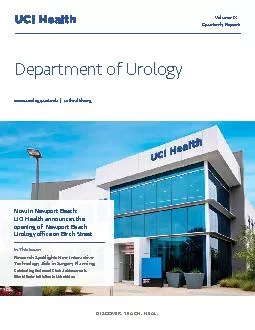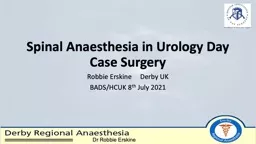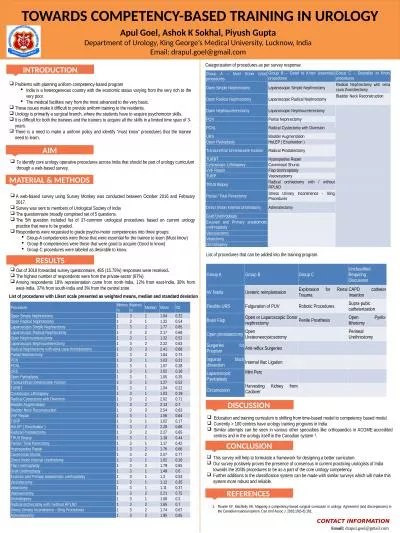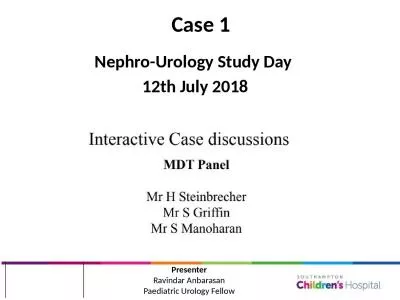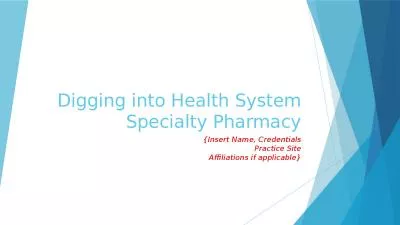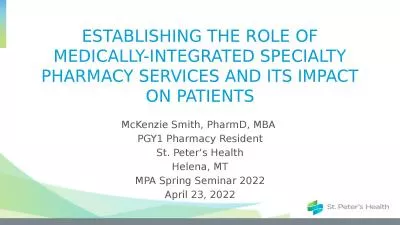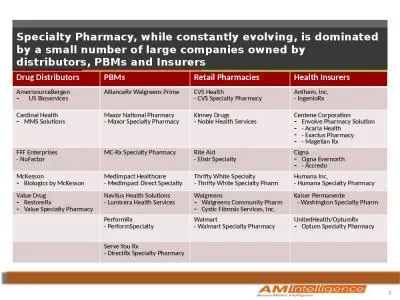PPT-Urology at Livonia Center for Specialty Care
Author : phoebe-click | Published Date : 2017-07-25
Clinic Patient Flow Study Final Report Presentation Rebekah Andrews Kaywee lian Kristen Ydoate Team 6 December 13 th 2016 Introduction Client Clinic At
Presentation Embed Code
Download Presentation
Download Presentation The PPT/PDF document "Urology at Livonia Center for Specialty ..." is the property of its rightful owner. Permission is granted to download and print the materials on this website for personal, non-commercial use only, and to display it on your personal computer provided you do not modify the materials and that you retain all copyright notices contained in the materials. By downloading content from our website, you accept the terms of this agreement.
Urology at Livonia Center for Specialty Care: Transcript
Download Rules Of Document
"Urology at Livonia Center for Specialty Care"The content belongs to its owner. You may download and print it for personal use, without modification, and keep all copyright notices. By downloading, you agree to these terms.
Related Documents

